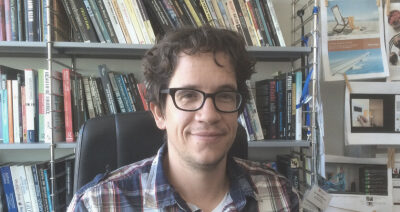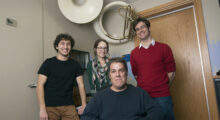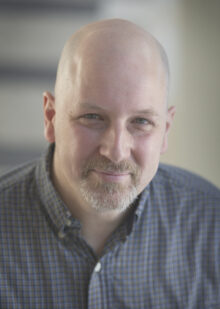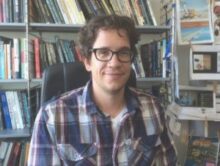Remember when the world went mad for “big data” – our technology-driven ability to collect, store, manage, and analyze information – and its potential to empower citizens, change how government works, accelerate the pace of discovery and grow the economy? In 2015, McKinsey estimated the annual economic impact generated by big data in the U.S. alone at more than $3 trillion. And that was just the beginning.
Early adopters soon discovered that much of the data they wanted to mine was proprietary and resided in silos, or was hard to read or share. Enter “open data,” which encouraged making information available in formats that are easy for researchers, software developers, journalists, citizens and others to access, analyze, and share.
Today, the trend toward openness is expanding even further. The open ecosystem now includes many variations (with lots of interesting commentary), including open access, open research, open source, open education, and open government.
Three examples offer a glimpse of how “open” is playing out in Ontario’s universities.
1) Open encourages innovative partnerships: Unlocking the mysteries of music
Ryerson University’s SMART (Science of Music, Auditory Research and Technology) Lab has been studying the body’s physiological reaction to music for many years. Now, they’re putting the data they’ve collected to work in unexpected ways. For instance, they’re partnering with WaveDNA (which makes music software), to create what are known as “suggestion engines.” These engines are invaluable to music composer and producers. For instance, when a specific emotional response needs to be evoked – such as for a commercial designed to tug at our heartstrings – the engine becomes a virtual audience, revealing which sounds work best.
2) Open access means better science: 3D Map of the Universe
Scientists have created a 3D map of the universe that is the most complete picture of our cosmic neighbourhood to date. This astonishing map – which charts the approximate direction, speed and distance of galaxy – was made possible by a collaboration between scientists in two countries, Canada’s University of Waterloo and the Institut d’Astro physique de Paris of the National Centre for Scientific Research of France. “Different groups have spent years looking at different parts of the sky through telescopes based here on Earth,” said Mike Hudson, map co-creator and physics and astronomy professor at the University of Waterloo. “We collected data and created the map together because we hope it will lead to a greater understanding of how matter is distributed in the universe and provide key insights into how the universe is formed.”
3) Open data leads to game-changing insights: Team Mediatoil on Alberta’s oil sands
The Alberta oil sands are a polarizing issue. Team Mediatoil, a research team from the University of Ottawa led by Dr. Patrick McCurdy, wanted to find a way to help the public navigate the maze of competing agendas and vested interests for and against the development. Team Mediatoil created an award-winning database of images, videos, articles and graphs that allow researchers, students, educators and the public to analyze existing data. The database is designed to help people better understand the issue, as well as how public campaigns can influence our perception of energy development.
What to make of all the enormous and dramatic change “open” represents – and what does it all mean to you? Plus, how do you leverage this powerful trend to unlock performance and innovation within your organization?
It’s questions like these that encouraged ORION to make “open” the focus of this year’s THINK conference. THINK: Open will bring together thought leaders and experts in a wide range of fields to provide insights into their work, share best practices, and answer your questions about all aspects of the “open” trend. “Technological innovation alone won’t deliver the better future we are striving for,” said David Lindsay, President and CEO of the Council of Ontario Universities, a THINK 2017 media sponsor. “The challenges we face as a society require expansive thinking and collaboration.”
There is no doubt that “open” is just getting started. The question is: where does this powerful global movement go from here? While the upside is clear, the challenge will be how to find the balance between the abundant opportunities it presents and the imperative to protect rights and privacy. And to ensure that the digital infrastructure is in place to support and enhance both collaborations and the world-changing work that emerges.
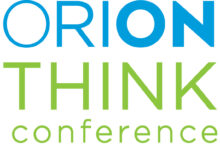 In short, THINK: Open is one conversation you don’t want to miss. Join the conversation!
In short, THINK: Open is one conversation you don’t want to miss. Join the conversation!

